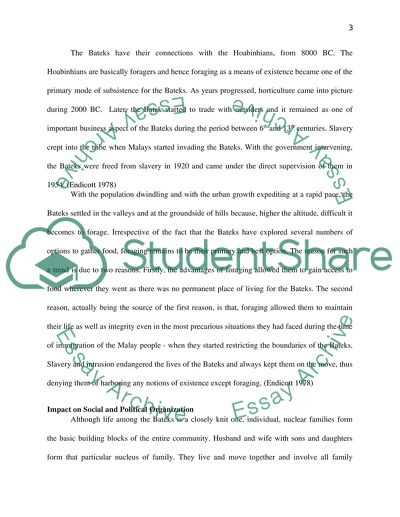Cite this document
(Bateks in Malaysia - the Way of Living and Sustenance Research Paper - 1, n.d.)
Bateks in Malaysia - the Way of Living and Sustenance Research Paper - 1. Retrieved from https://studentshare.org/culture/1748672-batek-of-malaysia
Bateks in Malaysia - the Way of Living and Sustenance Research Paper - 1. Retrieved from https://studentshare.org/culture/1748672-batek-of-malaysia
(Bateks in Malaysia - the Way of Living and Sustenance Research Paper - 1)
Bateks in Malaysia - the Way of Living and Sustenance Research Paper - 1. https://studentshare.org/culture/1748672-batek-of-malaysia.
Bateks in Malaysia - the Way of Living and Sustenance Research Paper - 1. https://studentshare.org/culture/1748672-batek-of-malaysia.
“Bateks in Malaysia - the Way of Living and Sustenance Research Paper - 1”, n.d. https://studentshare.org/culture/1748672-batek-of-malaysia.


